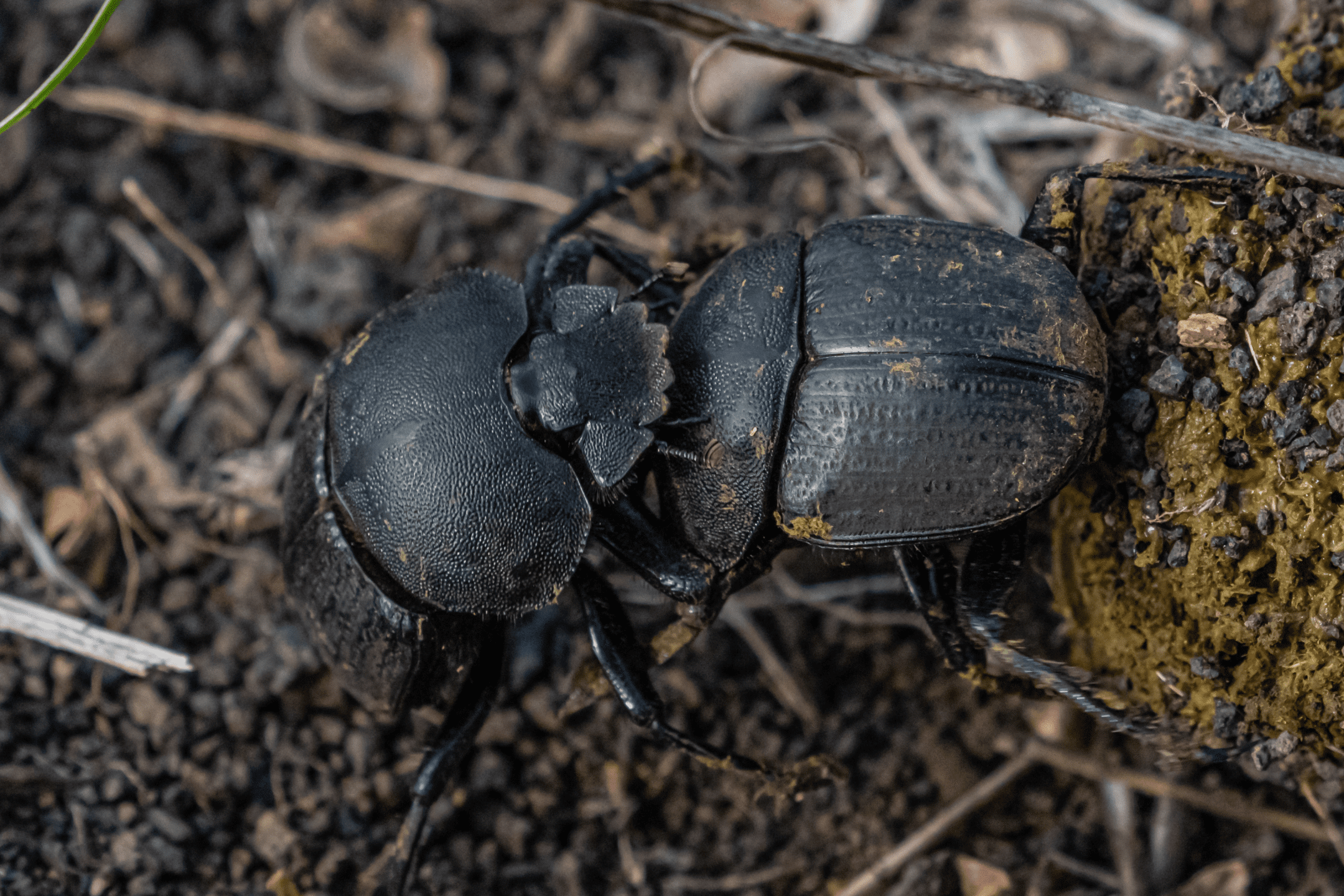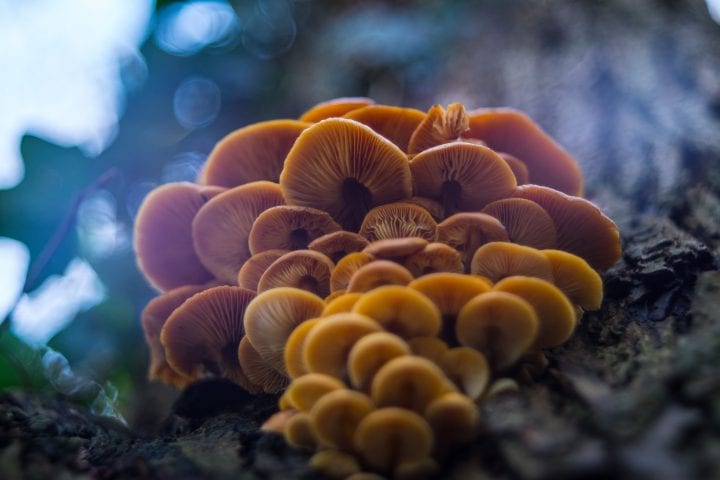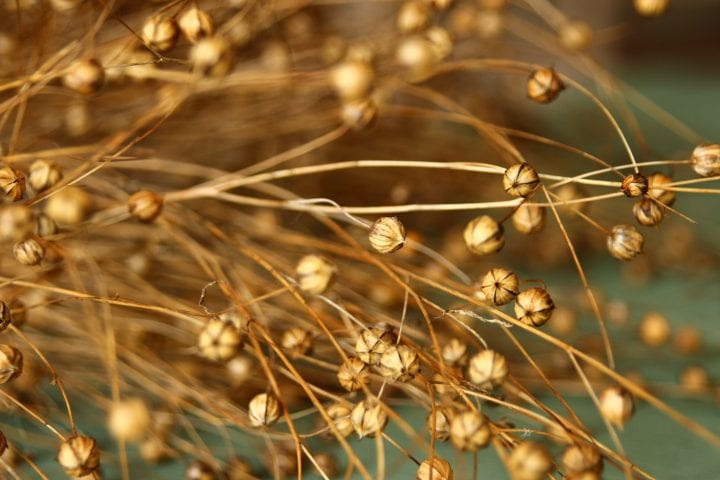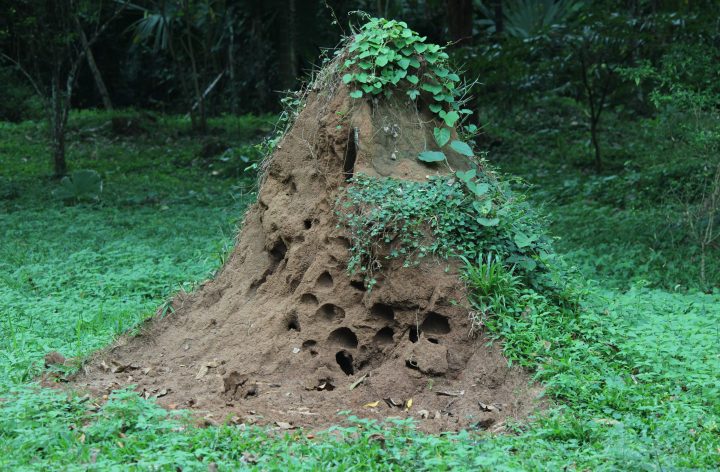Cycle Nutrients
In ecosystems, there is no such thing as waste. Instead, one organism’s waste can be considered as another organism’s resource, and the cycling of nutrients may be the most important form of recycling in living systems. But sometimes those nutrients are transformed by one organism into a form that isn’t readily used by other organisms. For example, lignin is a complex organic molecule found in the cell walls of plants. In a forest, it’s one of the hardest molecules to break down in woody vegetation. Therefore, ecosystems include organisms that are particularly well-adapted to break down different types of nutrients. In the case of lignin, some fungi and bacteria release lignin-modifying enzymes that can break down the lignin to form carbohydrates and other life-supporting chemicals.
Generate Soil/Renew Fertility
An ecosystem can’t survive long without building up its soils and preventing them from being depleted of fertility. Organic matter, minerals, and other nutrients in soil support organisms, from microorganisms to the largest mammals. Raw soil consists of weathered minerals, such as silica. But organisms need more than minerals to survive, and minerals alone are poor at storing water needed by organisms. Therefore, soil has organic matter to support an ecosystem of organisms that, in turn, contribute more organic matter, make nutrients more accessible, and hold water. The dung beetle is an organism that enhances soil fertility. This beetle gathers and transports animal dung, feeds on it, buries it in the soil, and lays eggs on it. The dung provides its young with food when they hatch. At the same time, it adds nutrients and organic matter to the soil, benefitting the ecosystem as a whole.
Detoxification/Purification of Air/Water/Waste
Ecosystems must be effective at cleaning air, water, and waste because so much of what is in the air, water, and waste is valuable to organisms as resources. In contrast to functions that detoxify or purify at the organism level, this is at a larger scale. To be effective at the ecosystem level, it isn’t the individual efforts of a few organisms that detoxifies and purifies, but the actions of a wide diversity of organisms each contributing to the whole. For example, as water flows through an ecosystem, either aboveground or in the soil, a diversity of organisms take different actions to slow it down, capture excess nutrients from it, and break down harmful chemicals into more benign ones.




